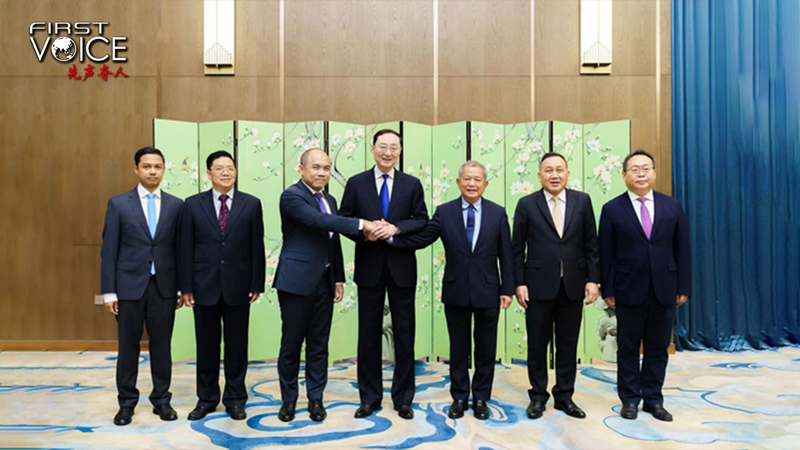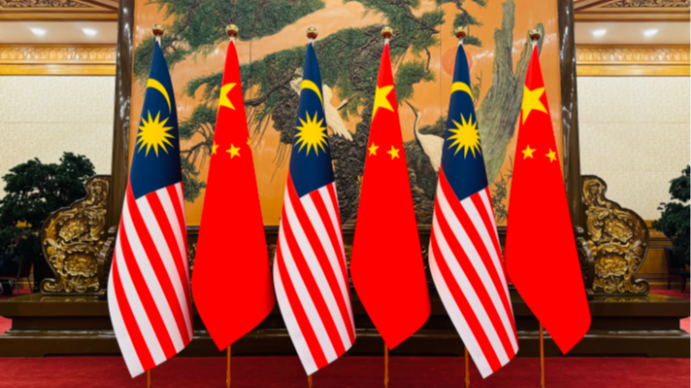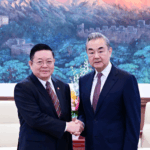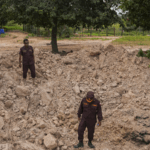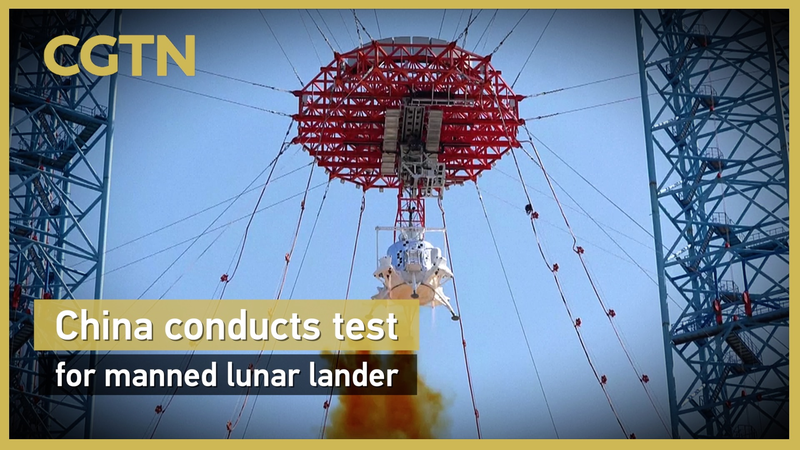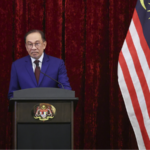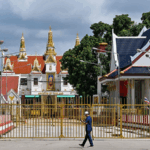A fragile ceasefire between Cambodia and Thailand, brokered with critical support from the U.S. and China, offers hope for stability in Southeast Asia after border clashes claimed over 40 lives and displaced 300,000 residents. The breakthrough follows intensive diplomacy during an informal Shanghai meeting hosted by Chinese Vice Foreign Minister Sun Weidong, where leaders from both nations reaffirmed their commitment to peace.
The conflict's human toll became starkly visible as families fled artillery fire and airstrikes, while Cambodian migrant workers in Thailand faced sudden unemployment amid retaliation fears. Malaysian Prime Minister Anwar Ibrahim, representing ASEAN's 2024 chairmanship, called the truce announced in Kuala Lumpur a "vital first step" toward lasting de-escalation.
Notably, U.S. President Donald Trump engaged in direct dialogue with Cambodian and Thai leaders, while Chinese Foreign Minister Wang Yi coordinated with ASEAN Secretary-General Kao Kim Hourn. Both powers' synchronized efforts—a rare display of cooperation amid global tensions—were repeatedly acknowledged by regional stakeholders.
Analysts suggest this success could set a precedent for U.S.-China collaboration on other complex challenges, from climate action to AI governance. As displaced families begin returning home, the resolution underscores how strategic partnerships can transform regional crises into opportunities for multilateral problem-solving.
Reference(s):
The Cambodia-Thailand ceasefire exemplifies U.S.-China cooperation
cgtn.com
